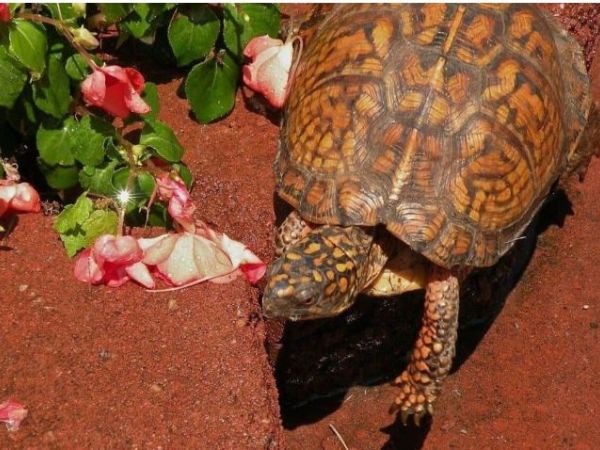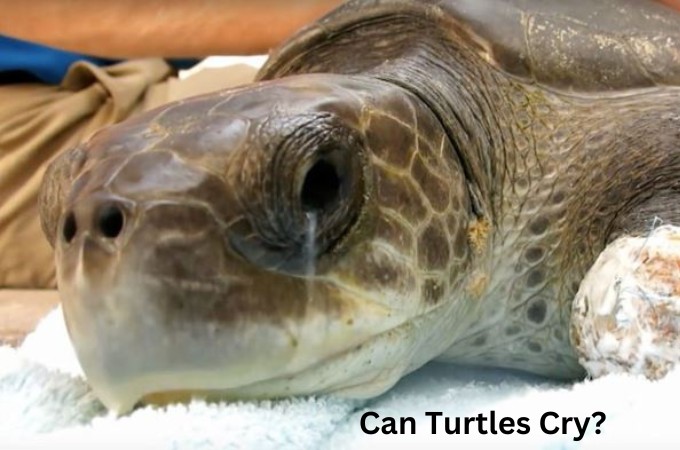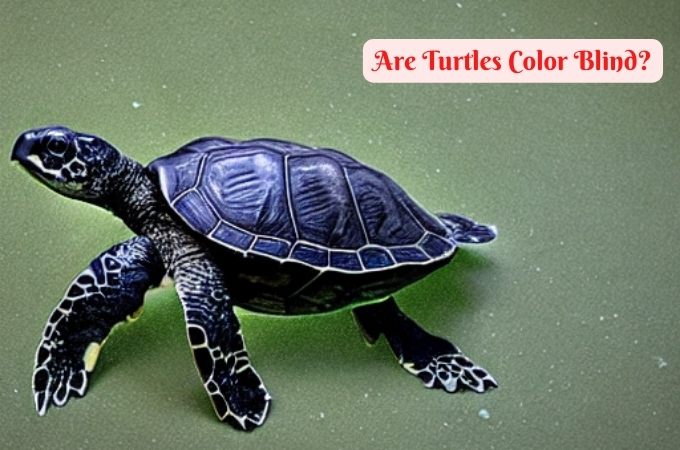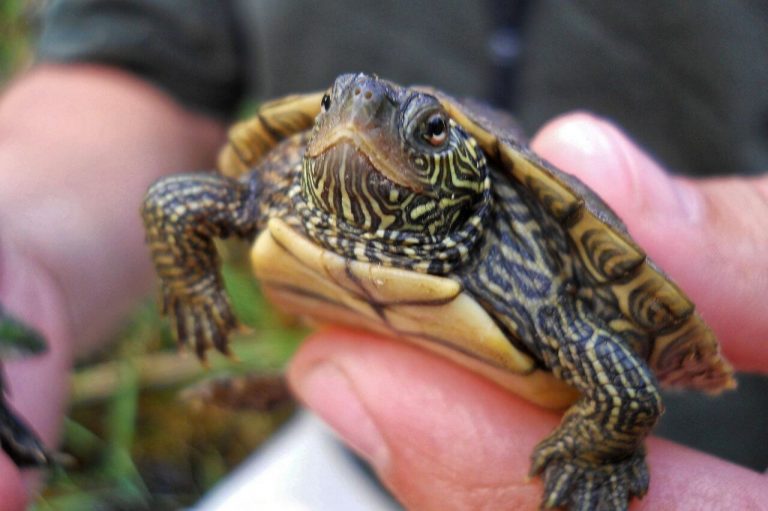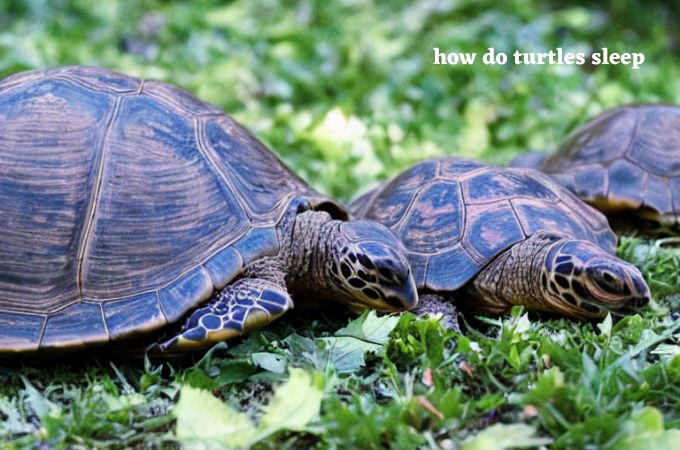Can Turtles Get Fat | Causes of obesity and How to Prevent
Obesity is not a new buzz in the human world. People have been suffering from obesity for a long time. But is extra fat applicable to other animals as well? Or, turtle owners may specifically ask, “Can turtles get fat?”
Although it will surprise you, the answer is yes. Turtles can get fat and suffer from obesity just like we men do. Turtles mainly get overweight due to inappropriate diet charts, and it may hurt their health badly and cause serious complications.
Plus, a fatty turtle will lose much of its vitality and may reduce its movement. In the process, it gets fatter, and so, the circle is vicious for your pet. That’s why we decided to highlight the causes and prevention of turtle obesity.
Can Turtles Get Fat?
Yes, the turtle can get fat and become obese just like humans, bringing unimaginable problems for them. First off, a fat turtle in the wild is easy prey for predators such as foxes and eagles.
In captivity, it still affects the turtle’s health and will result in serious health complications. When a turtle consumes more calories than it needs and can spend daily, it becomes obese. This happens when you prepare an inappropriate diet for the turtle. Plus, feeding them more frequently than necessary will also make them fat.
On top of it, an obese turtle is more likely to hurt it while hurriedly hiding inside its living space. Turtles can initially be unaware of their overweight and can get bruises and scratches as it tries to go past their hiding spot. This can be fatal at times.
Next, an overweight turtle may even find it difficult to pull its head out of the shell. It happens because an obese turtle will gain fat around the neck, increasing its difficulty in pulling the head. Plus, it will lose mobility on the ground.
Finally, at its worse, a fatty turtle may even get drowned in water. Yes, it may seem surprising, but a fatty turtle will not control its body underwater. It then may drown it and choke to death.
Nonetheless, you can’t just look at a turtle and say it has become obese just like you can determine a man’s obesity by looking at him. Hence, it would be best if you found the signs of obesity in a turtle.
Signs of turtle obesity:
Finding the symptoms of a turtle’s obesity can be extremely difficult due to its structure. However, with a close look, you can find some signals that will tell whether or not the turtle has become fatty.
First off, an overweight turtle will lose energy and vitality. So, it will be slow to respond to different conditions. For instance, you will see them getting slower and not being able to withdraw their extremities as fast as they could in a normal state.
It also makes them vulnerable to external attacks. So, you have to act quickly if you see a reduction in your turtle’s responsiveness.
Next, you should check the soft body parts of the turtles. Usually, you can inspect body parts around the neck, groin area, and armpits. You would see softer tissue billows in the outer parts of the turtle neck and armpit mostly. This is a confirmation that the turtle has gained serious weight.
However, when you find obesity in turtles, you should consult a vet instead of experimenting with their diet or reducing it. The vet will prepare a calorie-restricted yet good diet plan for the turtle, and you must follow it strictly.
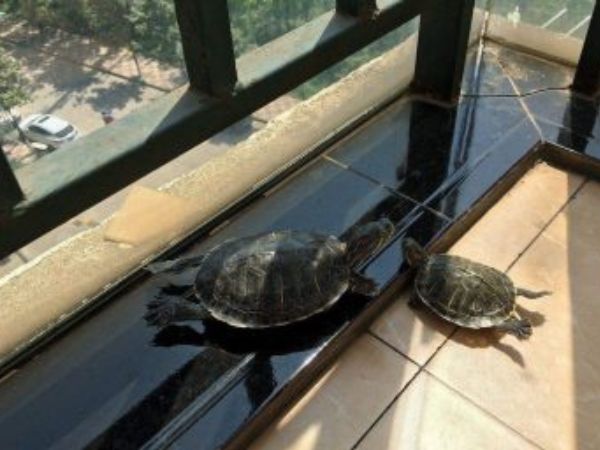
Causes of Obesity in Turtles
As you can imagine, the main reason for a turtle’s obesity is an inappropriate diet. When you feed the turtle too frequently, calories will become surplus in its body and cause obesity.
During the juvenile stage, you need to feed the turtle almost every day. However, as their age increase, you need to start feeding them every alternative day gradually. Finally, a proper diet twice a week will be ideal for adult turtles.
Sadly, we have found that most turtle owners overfed their pet-friend, making them gain weight and fat. Also, many people follow the feeding frequency but put too many calories and fat in one plate for the turtles.
You need to understand that turtles will keep eating as much as you put in front of it. So, you may think that it is hungry. But the reality is quite the opposite. Additionally, a lack of proper exercise can also cause obesity in turtles.
Ways to Prevent Obesity in Turtles:
As you see, overfeeding is the main reason for a turtle’s fattiness; you need to ensure a proper diet. Mostly, food items that are high in sugar and protein will cause obesity.
For this, you shouldn’t provide too many fruits in the turtles’ diet. 10% fruits should be enough. Next, you need to ensure proper protein for omnivorous turtles. Ideally, protein should consist of 20-30% of the entire diet and not more than that.
On top of it, you need to follow the feeding frequency of turtles properly. For juveniles, feed them once a day. And for adults, you can feed them twice or thrice a week. Don’t worry, as it is perfectly alright for turtles.
Next, you can provide live food such as shrimp or insects, or guppies to turtles. As the turtle chase their food, they will burn fat. It would help if you also designed the turtle enclosure conveniently to help it walk and roam around. If the turtle’s living spot is too small, it won’t move and grow fat.
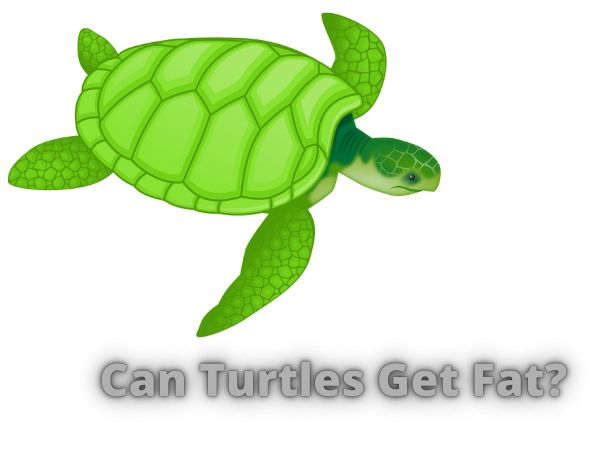
Conclusion
Can turtles get fat?
Yes, turtle not only gets fat and obese but also limits their mobility and reduces their lifespan. You can check its softer body parts to find obesity. Since it hurts their health, you need to consult the vet and prepare a calorie-restricted diet.
However, you mustn’t overfeed the turtle and give it ample space inside its living spot for walking. It would help the turtle to exercise and burn fat. Hence, you won’t have to worry about obesity anymore.
